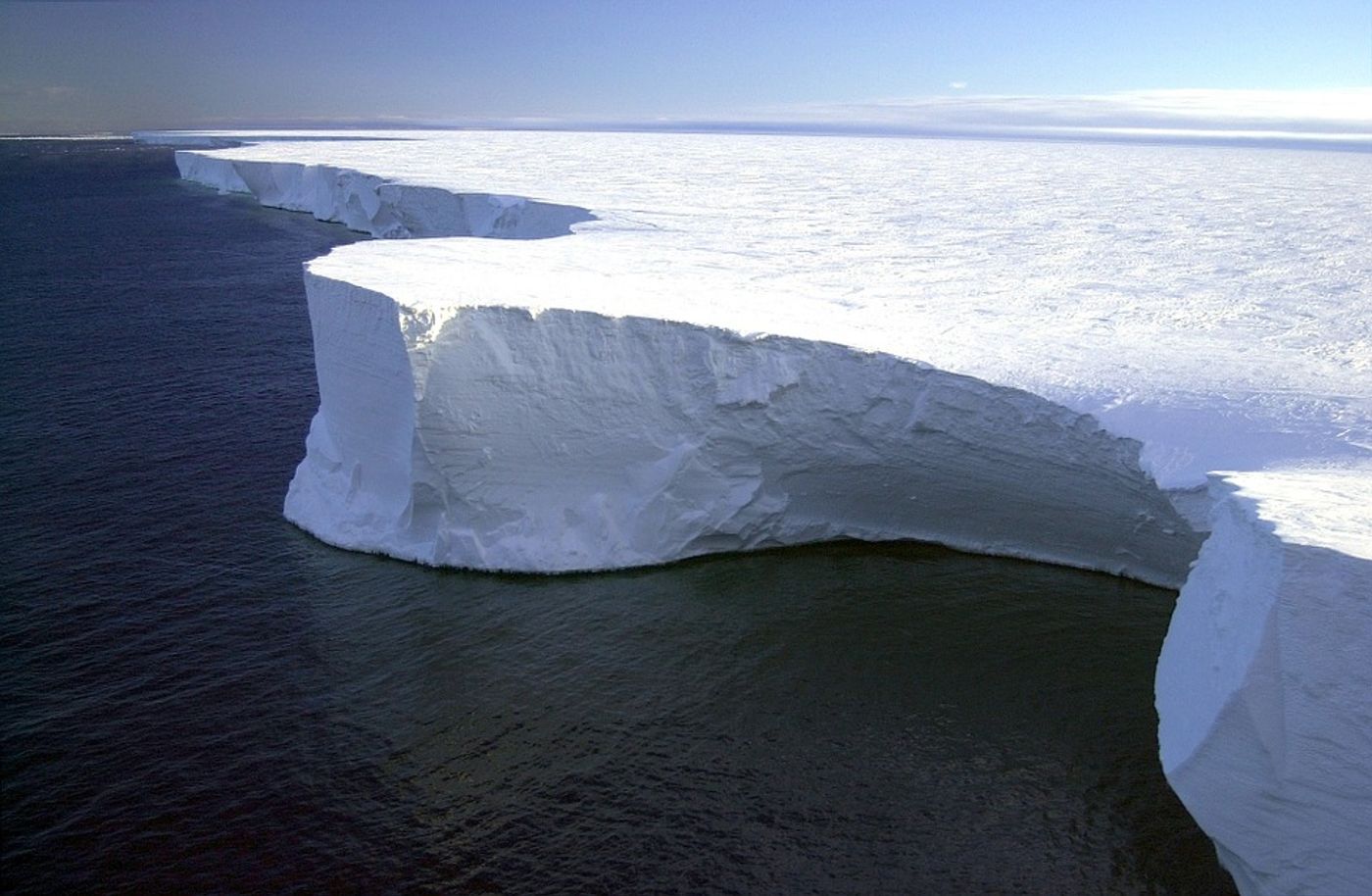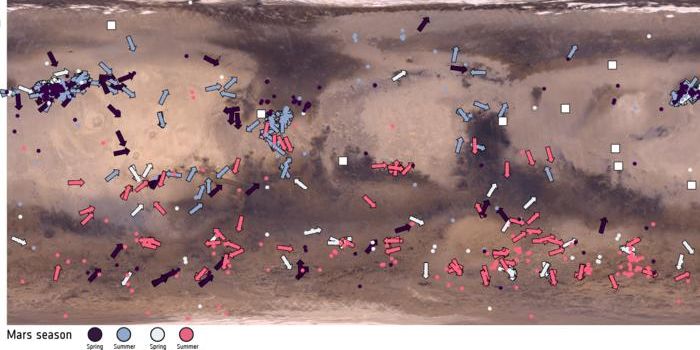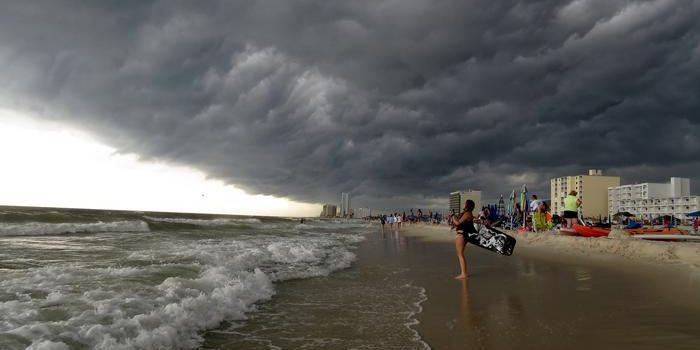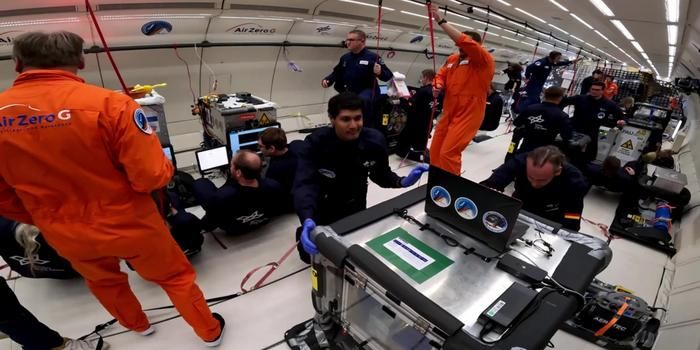What Antarctica's first-discovered methane seep can teach us
The first active methane seep in Antarctica has been found in the Ross Sea. This geological finding provides a crucial opportunity for climate scientists to analyze how methane is affecting the Antarctic in real-time, and to predict how it may impact the region in the years to come. The discovery of the finding is detailed in the journal Proceedings of the Royal Society B by co-authors are Sarah Seabrook and Rory Welsh from Oregon State University.
According to Science Daily, a methane seep is a site where methane gas leaks from an underground reservoir into the ocean. While other methane seeps have been found in other places around the world's oceans, this is the first in Antarctica. Antarctica is estimated to contain up to one-fourth of the planet’s marine methane; this discovery will allow researchers to form a more comprehensive picture of the methane cycle in the region and allow for more accurate climate change models.
"Methane is the second-most effective gas at warming our atmosphere and the Antarctic has vast reservoirs that are likely to open up as ice sheets retreat due to climate change," said OSU marine ecologist Andrew Thurber. "This is a significant discovery that can help fill a large hole in our understanding of the methane cycle."
With 25 times the warming capacity of carbon dioxide, methane is a greenhouse gas that we often only think of coming from cow farts. But, in fact, methane is largely stored in the oceans and sediments and we have methane-consuming microbes to thank for our planet not being even hotter than it is.
Yet the researchers found that the methane-consuming microbes in the Ross Sea seep are different than those elsewhere in the world. "What was really interesting and exciting was that the microbial community did not develop as we would have predicted based on other methane seeps we have studied around the globe," said Seabrook.
Seabrook is referring to the fact that it took five years for the microbes to congregate at the seep site and they were not consuming all of the methane. In other words, some methane is being released and is likely working its way into the atmosphere.
"To add to the mystery of the Antarctic seeps, the microbes we found were the ones we least expected to see at this location," commented Thurber. "We've never had the opportunity to study a seep as its forming or one in Antarctica, because of this discovery we can now uncover whether seeps just function differently in Antarctica or whether it may take years for the microbial communities to become adapted," he added.
"Animals in Antarctica are very different than elsewhere in the world as the continent has been separated from the rest of the globe for more than 30 million years -- a long time for evolution to act," he concluded. "That has resulted in a remarkable diversity of fauna that we only find there. That may also contribute to the differences in microbes there."
Sources: Proceedings of the Royal Society B: Biological Sciences, Science Daily









